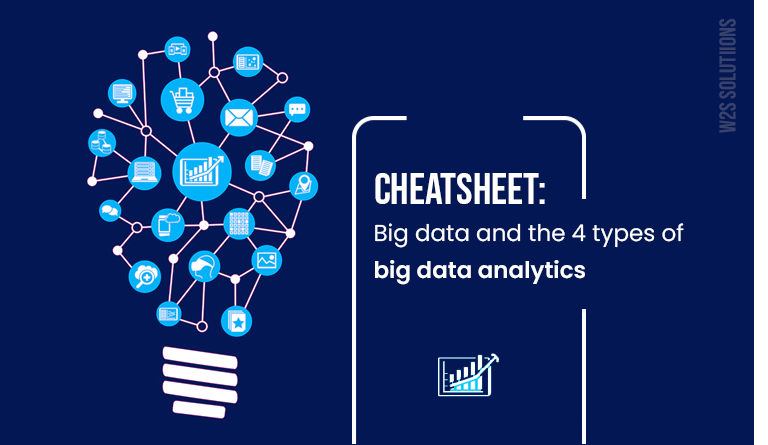Bragging Rights
Explore the latest trends, tips, and stories that make you stand out.
Data Soup: Stirring Up Insights with Big Data Analytics
Discover how to turn big data into actionable insights with Data Soup. Dive in for the latest trends, tips, and analytics strategies!
Understanding the Basics: What is Big Data Analytics?
Big Data Analytics refers to the process of examining large and complex datasets, known as big data, to uncover hidden patterns, correlations, and insights that can inform decision-making. Businesses and organizations collect vast amounts of data from various sources, including social media, IoT devices, and transaction records. By applying analytical techniques, such as statistical analysis and machine learning, they can transform this raw data into valuable information that drives strategic initiatives.
The field of Big Data Analytics is characterized by its three core components: volume, variety, and velocity. Volume pertains to the sheer amount of data generated every second; variety encompasses the different types and sources of data, such as structured, semi-structured, and unstructured formats; and velocity refers to the speed at which data is generated and processed. Understanding these fundamentals is essential for businesses looking to leverage big data to gain a competitive edge.

Five Key Techniques for Unlocking Insights in Big Data
In today’s data-driven world, unlocking insights from big data is crucial for businesses aiming to stay competitive. Here are five key techniques that can help organizations harness the power of big data:
- Data Cleaning: Ensuring your data is accurate and free of errors is the foundation of any analytics process.
- Data Visualization: Utilizing tools to visually represent your data can reveal patterns and trends that are not immediately obvious.
- Machine Learning: Implementing machine learning algorithms can help in predictive analysis, allowing businesses to forecast future trends based on historical data.
- Sentiment Analysis: This technique assesses the emotional tone behind a series of words, providing insights into public opinion and customer satisfaction.
- Clustering Techniques: Grouping similar data points can uncover hidden insights and patterns that can inform strategic decisions.
By incorporating these key techniques, businesses can effectively navigate the complexities of big data. It’s essential to remember that the goal is not just to collect data, but to transform it into actionable insights that drive growth and innovation.
How Big Data is Transforming Businesses: Trends and Real-World Applications
Big Data is revolutionizing the way businesses operate by enabling them to harness vast amounts of data to drive decision-making and improve efficiency. Companies across various sectors are increasingly reliant on data analytics to uncover insights that can enhance customer experiences, optimize operations, and foster innovation. For instance, organizations in retail can analyze purchasing patterns to tailor marketing strategies, while manufacturers can use real-time data to streamline production processes. As data-driven strategies become more prevalent, businesses that embrace these practices are likely to outperform their competitors.
In addition to improving operational efficiency, Big Data is also instrumental in identifying new market opportunities. One notable trend is the adoption of predictive analytics, where businesses leverage historical data to forecast future trends and consumer behavior. For example, financial institutions can utilize big data to detect fraudulent activities by analyzing transaction patterns. Moreover, industries such as healthcare are employing data technologies to enhance patient care through personalized treatment plans based on extensive patient data analysis. These real-world applications demonstrate that Big Data is not just a trend; it is a fundamental shift that is reshaping the landscape of business.